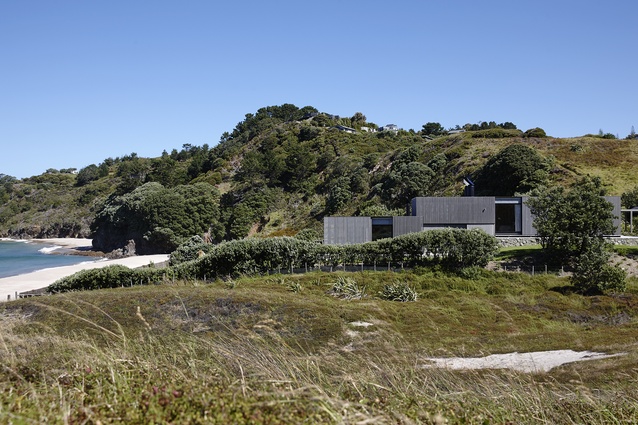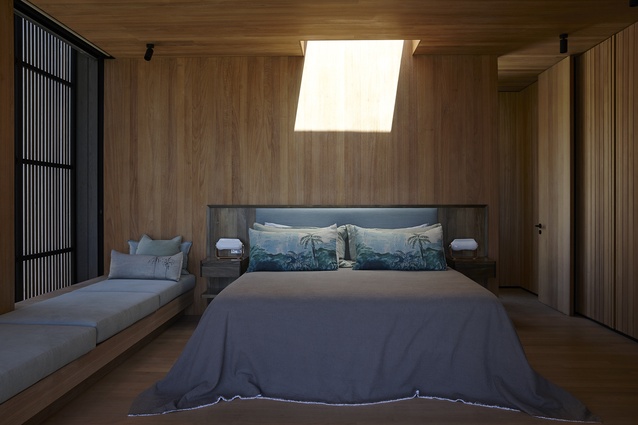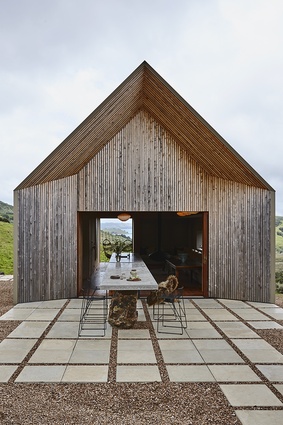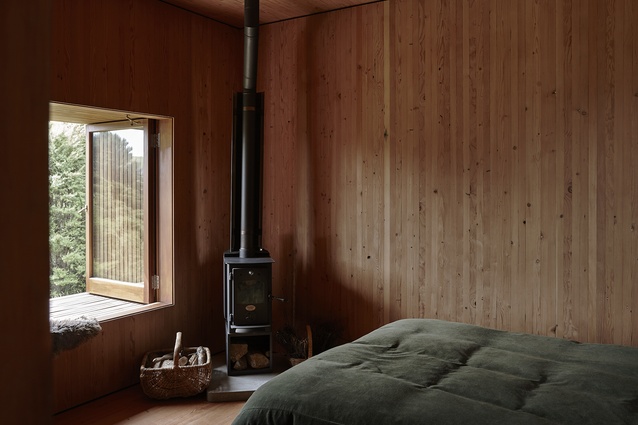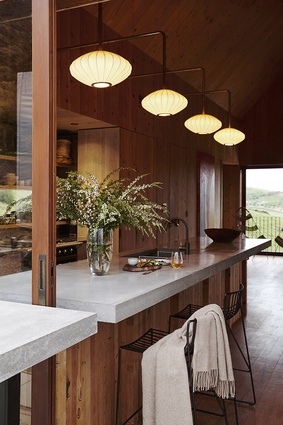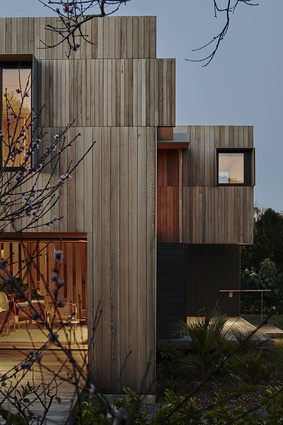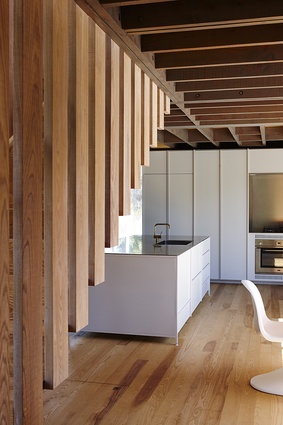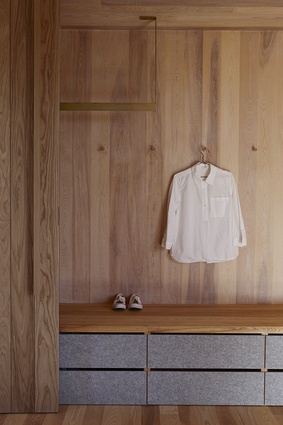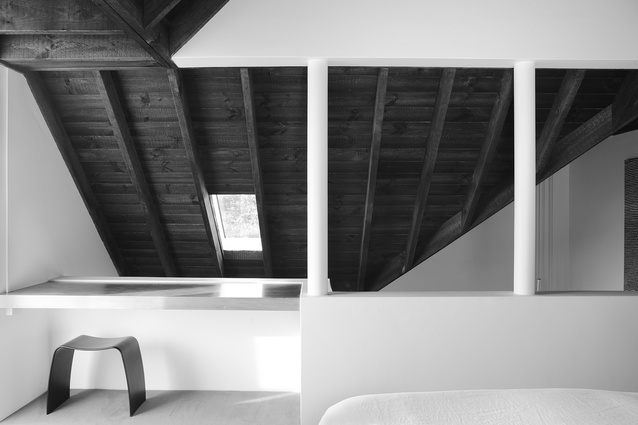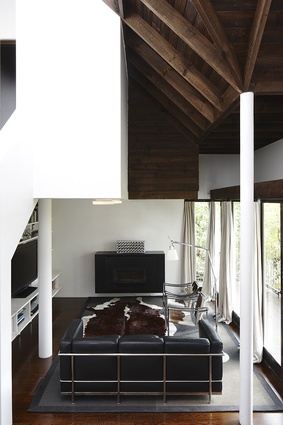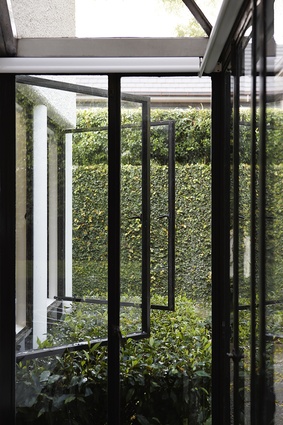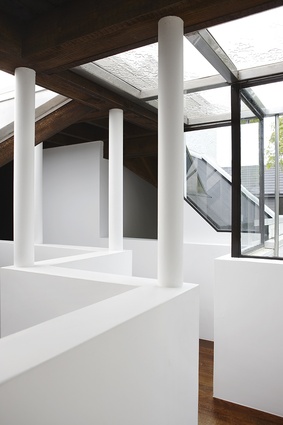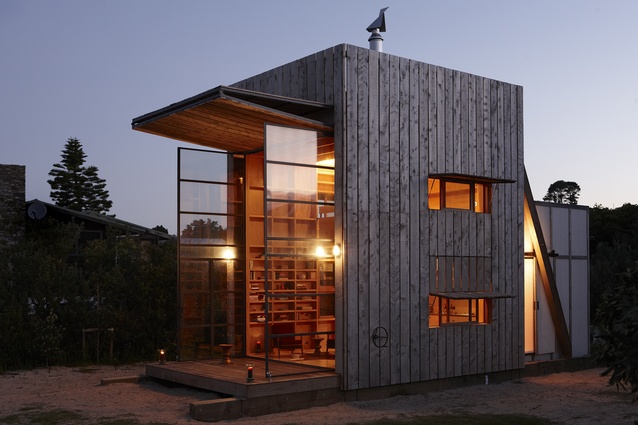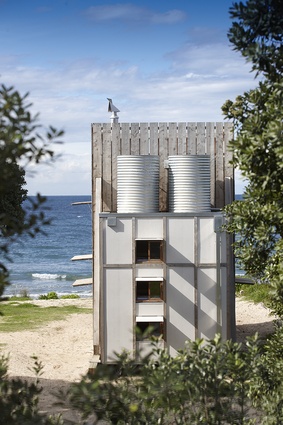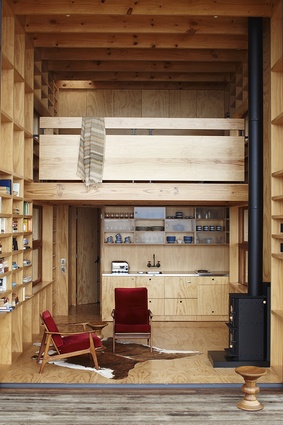Viewfinder: Top five with Jackie Meiring
Photographer Jackie Meiring has over two decades of experience. Though her portfolio is wide-ranging from fashion and campaign to portrait, we asked her to choose some of her favourite projects in New Zealand, which was no easy feat I'm sure. Contemporary beach houses and mid-century modern dwellings alike made the list.
Tell us about the projects you’ve chosen. Why are they so special to you?
Jackie Meiring (JM): I feel like an architectural evangelist when introduced to extraordinary buildings – I want to record, glorify, and share my experience of them as much as possible. To me, these five designs are unique, photogenic and conceptually brilliant. First is Awana Beach by Herbst Architects. I’ve shot numerous projects for Herbst. Being closely related to Nicola and Lance has given me a unique insight into their thoughts around design, from their first Aotea bach, conceived in 2000, to their latest on the island – Awana Beach house. Their buildings are always clever, thoughtful, and interesting in the way they offer multiple experiences, depending on weather, time of day and season. Their work always has a strong idea, that unravels as you journey through the building. The Awana site is quite exposed, and easily sited from the beach – so privacy for both the owners and sensitivity to the public’s experience of it were key, and they were important to capture. The resulting sliding screens soften the impressive scale of the front façade so when closed it’s quite light and ethereal. Photographically I love how the batons in these screens charm the sun’s rays through to the interior spaces. I always shoot closed and open with their buildings as they are meant to be experienced in both states. Their detailing is complex and such fun to shoot. With this beach house the location is very beautiful but exposed so I really wanted to pay homage to the expansive and sometimes brutal landscape – to help communicate the way shelter is offered.
Awaawaroa Bay by Cheshire Architects, shot last year, is also on the list. From first sight, this project really intrigued me: a heady mix of contrasting scale, unique form and unusual material use are all positioned in the tiered landscape. It’s evocative of a camping experience, pitched on a site with breathtaking views of the valley below. I love storytelling through images and this project really appeals to me on that level. From the organic canvas sleeping pods to the cathedral-shaped living space, these unusual shapes together with the negative spaces between them challenged me compositionally. I loved the interiors – between the generous wood-lined volume in the living space with large spans of built-in upholstered seating that continued up the wall to the intimate and cleverly crafted bedroom spaces – it evoked a strong emotional response in me and I wanted that to reflect in my images.
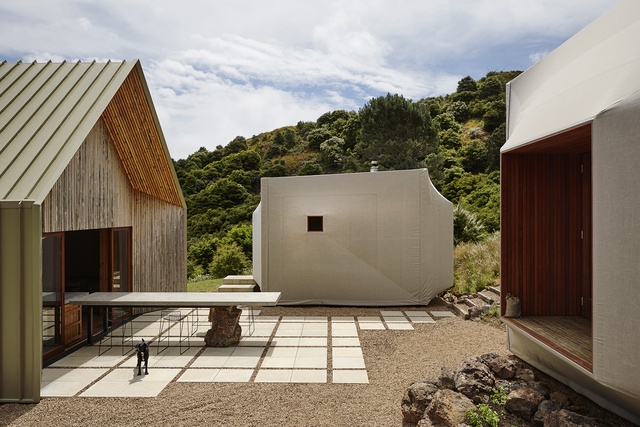
Some houses are very photogenic; Pinwheel House by Stuart Guardyne of Architecture + is one of them. It is quite sublime. I had two days to explore it and watch the light pass through its courtyard spaces. Its repetitious plan isn’t immediately felt but becomes clear when walking around it. The name is a clue to the design concept. Described by the architect, “A ‘pinwheel’ plan is generated by four walls that extend into the garden, creating four outdoor living courtyard spaces, partially covered by four bedrooms above that cantilever over the decks below.” The contrast between the large spans of pale cedar cladding and the rigor of the steel sunshades surrounding the windows and casting shadow makes for a geometry that plays with negative and positive space, evocative of abstraction. The north elevation is hard to glimpse from the garden, so I luckily got a vantage point from the neighbour’s bedroom window. Sometimes you need to hunt out the shot if you feel it’s there. The inside is also beautifully detailed, encased in American white ash, with ample natural light that travels from room to room. I felt compelled to communicate the peace and calm I felt – especially in the bedrooms with their restrained palette of wood and felt.
I have shot 11 of Claude Megson’s houses, starting with five for a book by Giles Reid – Counter Constructions, published in 2016. I have come to appreciate if not love his work, especially Norris House in Remuera, the one I would most like to live in. This split-level 1973 home’s biggest appeal for me was the forest of columns reaching up to the stained timber ceilings that drop down, mirroring the roofline. Dark rough-sawn wood texturally contrasts the smooth, white steel columns. I love the diagonal view lines and the zig-zag of the narrow bridge that links the two-bedroom wings. Megson is very in control in the way he directs your experience of the building down to the minutest detail, and decades later as I record it through photographs, I find myself being directed in the same way! Giles, who was taught by Megson, has taken me on a journey, exposing me to this extraordinary architect’s work and thinking. I probably won’t stop until I have shot them all.
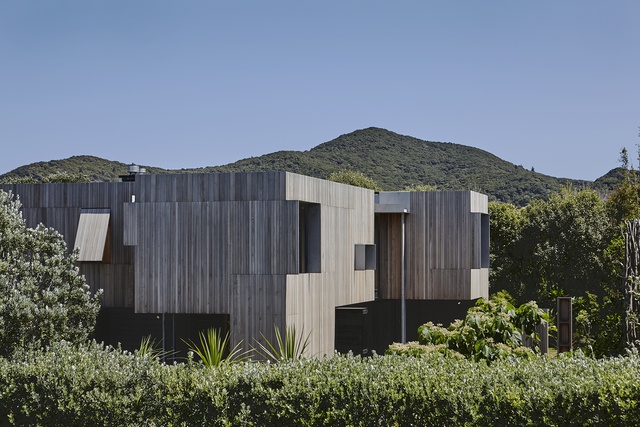
Finally, I’ve picked Hut on Sleds by Crosson Architects. It’s so fun and imaginative: a unique response to rising sea levels. I especially love small builds that need clever, bespoke solutions to storage, sleeping arrangements and spatial flow, despite the challenge of shooting in tight spaces. It looks like a surf-lifesaving tower – and packs an aesthetic punch for its 40-square-metre size. It tells an evocative story of holiday time, where play is at a premium and rest is uniquely experienced. It was also important to capture the tactile nature of this build, like the industrial wheel used to raise the two-storey shutter on the front façade. It’s full of experience and ritual. Such fun to photograph – and even better to stay in.
How did you get involved with photography initially and how did your interest in photographing buildings come about?
JM: I’ve always enjoyed taking photographs and as a teenager, my walls were plastered with polaroids taken of friends and moments in my daily life. The first time I considered it as a career was when studying fine arts. We did an introductory two-week course on photography in the first year. It was a natural fit for me, so I majored in it. Growing up in Cape Town, we lived in an award-winning modernist house. We were surrounded by art, design and beautiful books. My mum was a big influence, she often designed pieces of furniture when she couldn’t find the right item. She also ran a film festival which further exposed me to a world of creative ideas and edgy, somewhat challenging imagery.
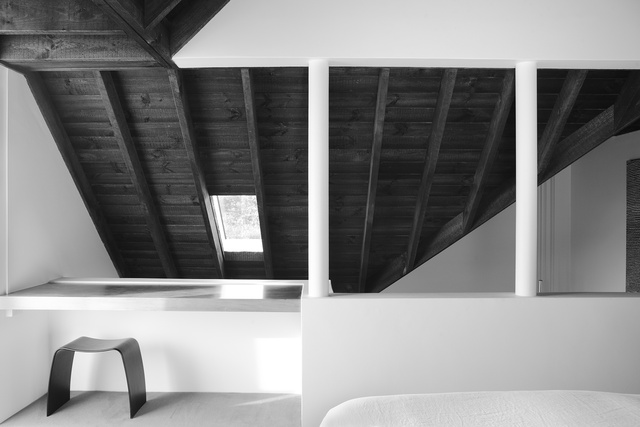
Are there any elements that set apart an architecture shoot from other kinds of work you do?
JM: I started off my career shooting fashion, which starts with a blank canvas, and then the photographer uses the tools of light, location, human form and fashion to tell a story. You work with a team of creatives to achieve your vision. With architecture it’s the opposite. You start with the finished product and then unravel it to explain its form and reflect the architect’s vision. Architectural photography is less about team but more about partnership. Often the architect is with me on the shoot. My job is to interpret and illustrate their vision and communicate it to the viewer, but also to bring my own appreciation of it to the image. The challenge is to communicate how the building occupies space, and how it leads people to discover and inhabit it.
Do you have any tactics you use to capture the architect’s vision when you’re tasked with photographing a project?
JM: Talking to the architect and, if possible, walking through the project with them so they can explain their vision in situ. I always look at a building in regards to the movement of the sun. I generally plan east to west and will invariably have a weather hold day on standby.
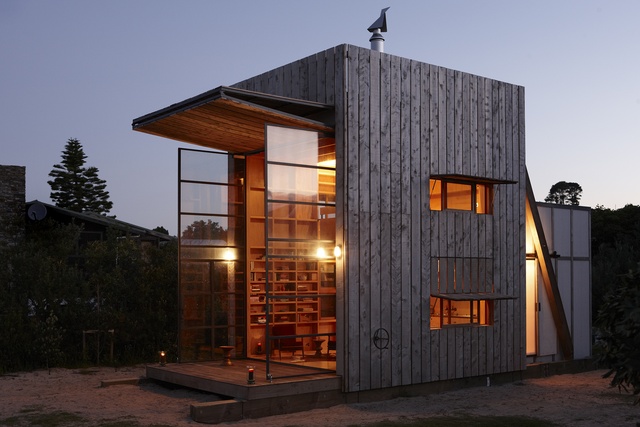
I’ve heard a bit of talk recently about the lack of representation of female photographers across industries – like with last year’s Case Study Project. Have you faced any challenges in the architecture and design industries with representation of female photographers? Has the landscape changed in the time you’ve been shooting professionally?
JM: When I graduated in 1987, I tried to get a job assisting, but no one was interested in hiring a woman in what was considered a man’s job. After a few years in advertising as a junior art director, I tried again and was finally hired by a successful woman photographer who ran a fashion studio in Cape Town. I feel fashion is ahead of architecture in regards accepting and appreciating what women bring to it. I haven’t felt any direct discrimination. It’s hard to know, but it sometimes feels like there is unconscious bias. There are a number of magazines for instance, that seem to almost exclusively use men. Maybe the architectural fraternity needs to consider that woman photographers can bring something unique to the important task of capturing their work, perhaps a more acute eye for detail and a different understanding of occupation? And thanks to ArchitectureNow for featuring so many women in this segment!
We do our best, but I agree, there is progress to be made still. What do you do to stay inspired creatively?
JM: Nothing inspires me like seeing something that sparks my imagination. My imagination and soul are fed first by what I see, and so I try and expose myself to great design and architecture as much as I can. There’s nothing like visiting a beautiful building in the flesh, but magazines and social media can be great sources too, especially in these times.
See more of Jackie’s work at jackiemeiring.co.nz and see more from the Viewfinder series here.


